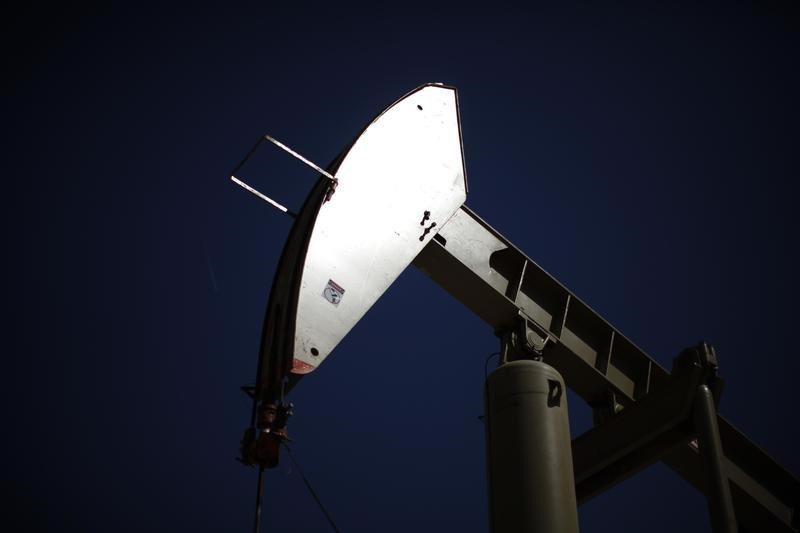By Peter Nurse
Investing.com -- Oil prices surged Tuesday, hitting its highest level since 2014, after Russian President Vladimir Putin ordered troops into two breakaway regions of eastern Ukraine, threatening to disrupt the continent’s energy supplies.
By 9:20 AM ET (1420 GMT), U.S. crude futures traded 3.4% higher at $93.23 a barrel, while the Brent contract rose 2% to $94.88. Both contracts climbed to their highest levels in more than seven years.
U.S. Gasoline RBOB Futures were up 3.2% at $2.9024 a gallon.
Russian troops marched into parts of eastern Ukraine following the announcement late Monday by Putin that Russia now recognized the two regions as independent republics.
This was condemned by U.S. and European officials, and Germany put the certification of the Nord Stream 2 gas pipeline from Russia on ice while the United States and European Union discussed potential sanctions.
“As has been the case for several weeks now, Russian developments will be key for determining price direction in the near term,” said analysts at ING, in a note, with a great deal of uncertainty over energy flows in the region.
Europe's energy supply would not be affected if the Nord Stream 2 gas pipeline designed to bring Russian gas to Germany was halted as the pipeline is not yet operating, the European Commission said on Tuesday. However, that’s assuming the usual methods of delivery aren’t affected by the crisis, with Russia currently supplying around 40% of Europe's gas.
The turmoil in Ukraine has added further support to an oil market that was already trading strongly on tight supplies as demand recovers from the Covid-19 pandemic.
The Organization of the Petroleum Exporting Countries (OPEC) and allies, a group known as OPEC+, have been gradually increasing supply into the market, but have so far resisted from doing so more rapidly.
Iraq’s Oil Minister Ihsan Abdul Jabbar supported this stance earlier Tuesday, saying there was no need for the group to be more aggressive with its plan to restore supplies to levels seen just before the Covid-19 pandemic hit.
“We think the market will have more and more oil so we think there’s no need to make an increase” beyond today’s strategy, he said. “We will not create any growth to the commercial storage. We will secure all the demand by making the required supply.”
Elsewhere, talks are ongoing over the potential renewal of Iran's nuclear agreement with world powers, which could eventually mean the return of the Persian Gulf country’s oil exports to the global market.
Also, investors now await U.S. crude oil supply data from the American Petroleum Institute, due Wednesday after the holiday weekend.
